-
 bitcoin
bitcoin $111375.742210 USD
-8.60% -
 ethereum
ethereum $3780.311592 USD
-13.98% -
 tether
tether $1.001299 USD
0.07% -
 bnb
bnb $1093.375857 USD
-13.01% -
 xrp
xrp $2.339375 USD
-16.91% -
 solana
solana $185.029017 USD
-16.69% -
 usd-coin
usd-coin $1.000230 USD
0.04% -
 tron
tron $0.319531 USD
-5.16% -
 dogecoin
dogecoin $0.190791 USD
-23.59% -
 cardano
cardano $0.638663 USD
-21.82% -
 ethena-usde
ethena-usde $0.998483 USD
-0.20% -
 hyperliquid
hyperliquid $37.741486 USD
-14.68% -
 chainlink
chainlink $17.229851 USD
-22.17% -
 stellar
stellar $0.316546 USD
-16.74% -
 bitcoin-cash
bitcoin-cash $507.861193 USD
-13.18%
What does it mean when the 5-day moving average quickly crosses the 60-day moving average?
The 5-day and 60-day moving average crossover helps traders spot trend shifts in crypto, signaling potential bullish or bearish momentum changes.
Jun 26, 2025 at 01:35 am
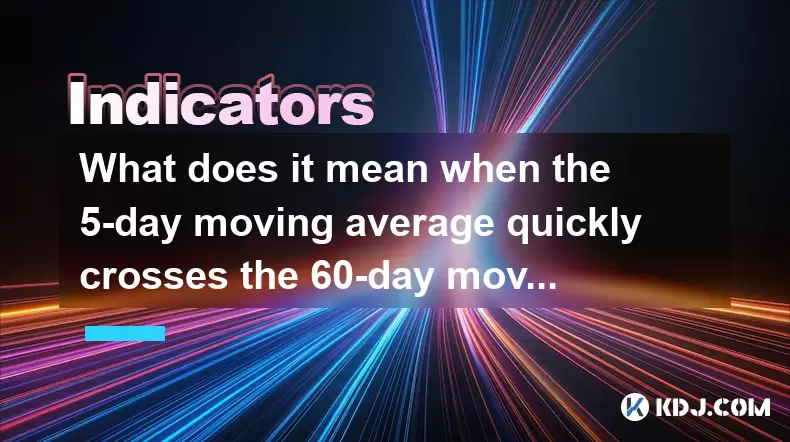
Understanding Moving Averages in Cryptocurrency Trading
In the realm of technical analysis within the cryptocurrency market, moving averages play a crucial role. A moving average (MA) is a statistical indicator that smooths out price data over a specific time period, helping traders identify trends and potential reversal points. The most commonly used moving averages are the Simple Moving Average (SMA) and Exponential Moving Average (EMA). Traders often rely on multiple moving averages simultaneously to generate signals.
Among these, the 5-day moving average and the 60-day moving average are particularly popular among short-term and medium-term traders. When these two lines intersect on a price chart, it can signal significant changes in market sentiment and direction. This intersection is known as a 'crossover' event.
What Is a Crossover Event?
A crossover occurs when a shorter-term moving average crosses above or below a longer-term moving average. In this context, the 5-day moving average crossing the 60-day moving average indicates a shift in momentum. If the 5-day MA moves from below to above the 60-day MA, it's considered a bullish signal. Conversely, if the 5-day MA crosses below the 60-day MA, it's seen as a bearish signal.
This type of crossover is often interpreted as a sign of changing market dynamics. For instance, a bullish crossover might suggest that recent buying pressure has overcome long-term selling pressure, potentially leading to an uptrend. On the other hand, a bearish crossover may imply that sellers have gained control, possibly initiating a downtrend.
How to Identify the Crossover on a Chart
To visually detect when the 5-day moving average crosses the 60-day moving average, traders typically use candlestick or line charts. Most trading platforms allow users to overlay both MAs on the same chart. Here’s how to do it:
- Open your preferred cryptocurrency trading platform
- Select the asset you're interested in analyzing
- Navigate to the indicators section
- Add a Simple Moving Average (or Exponential Moving Average) with a period of 5
- Add another MA with a period of 60
- Observe how the two lines interact with each other and with price action
When the 5-day MA crosses above the 60-day MA, the area around the crossover point becomes a focal point for traders looking to enter long positions. Similarly, a downward crossover could prompt traders to consider shorting or exiting long positions.
Why This Crossover Matters in Crypto Markets
The cryptocurrency market is known for its volatility and rapid trend reversals. Unlike traditional markets, crypto assets often experience sharp movements based on news, regulatory developments, and macroeconomic factors. In such an environment, the 5-day vs. 60-day moving average crossover acts as a timely indicator of shifting momentum.
For example, during a prolonged downtrend, a sudden bullish crossover may indicate that institutional buyers or algorithmic systems are stepping in, potentially reversing the bearish trend. Conversely, after a strong rally, a bearish crossover may warn of profit-taking or exhaustion in buying pressure.
It's important to note that while this signal can be powerful, it should not be used in isolation. Combining it with volume indicators, RSI, or Fibonacci retracement levels can enhance its reliability.
Common Misinterpretations and Pitfalls
Traders new to technical analysis may misinterpret the significance of a crossover. Just because the 5-day moving average crosses the 60-day moving average doesn't guarantee a successful trade. False signals are common, especially in sideways or choppy markets.
- Failing to confirm the crossover with volume spikes
- Ignoring broader market conditions (e.g., overall bearish or bullish cycles)
- Not setting stop-loss or take-profit levels based on the crossover alone
To avoid these pitfalls, traders should always look at the bigger picture. For instance, a bullish crossover during a strong downtrend might not lead to a sustained rally. Likewise, a bearish crossover in a bull market may simply be a temporary pullback rather than a reversal.
FAQs
Q: Can the 5-day and 60-day moving average crossover be applied to all cryptocurrencies?Yes, this strategy can be applied to any tradable cryptocurrency pair available on major exchanges. However, its effectiveness may vary depending on the asset's liquidity and volatility.
Q: Should I use Simple or Exponential Moving Averages for this crossover?Both types can be used. The Exponential Moving Average (EMA) gives more weight to recent prices, making it more responsive to price changes. Some traders prefer EMA for faster signals, while others stick to SMA for smoother results.
Q: How frequently do these crossovers occur in crypto markets?Given the high volatility of crypto assets, these crossovers can happen quite frequently—sometimes multiple times per week. This frequency increases the risk of false signals, so additional filters are recommended.
Q: Can I automate trading based on this crossover?Yes, many trading platforms and bots allow you to set up alerts or automated trades based on moving average crossovers. However, backtesting and risk management are essential before deploying any automated system.
Disclaimer:info@kdj.com
The information provided is not trading advice. kdj.com does not assume any responsibility for any investments made based on the information provided in this article. Cryptocurrencies are highly volatile and it is highly recommended that you invest with caution after thorough research!
If you believe that the content used on this website infringes your copyright, please contact us immediately (info@kdj.com) and we will delete it promptly.
- Bittensor (TAO): Super Bullish Signals Point to Potential 2x Rally
- 2025-10-11 10:25:12
- Silver Price Correction: Navigating the Dip & Identifying Key SEO Keywords
- 2025-10-11 10:25:12
- MoonBull: The Crypto Meme Coin Promising 1000x Gains?
- 2025-10-11 10:30:01
- Crypto Payroll Revolution: Stablecoins, Altcoins, and the Future of Salary Payments
- 2025-10-11 10:30:01
- Decoding Crypto Trends: XRP's Bitcoin Dream, BlockDAG's Rise, and the PayFi Revolution
- 2025-10-11 10:30:01
- Amina Bank & Polygon: Institutional Staking with a Sweet 15% Yield
- 2025-10-11 10:30:15
Related knowledge

What are the main advantages of using VWAP over EMA?
Oct 11,2025 at 02:18am
Main Advantages of Using VWAP Over EMA1. Volume-Weighted Average Price (VWAP) incorporates trading volume into its calculation, offering a more accura...
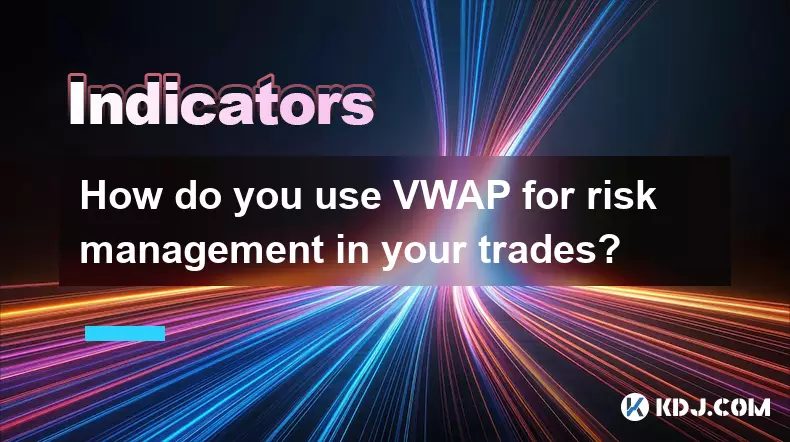
How do you use VWAP for risk management in your trades?
Oct 11,2025 at 02:54am
Understanding VWAP as a Dynamic Benchmark1. The Volume Weighted Average Price (VWAP) serves as a crucial reference point in intraday trading by reflec...
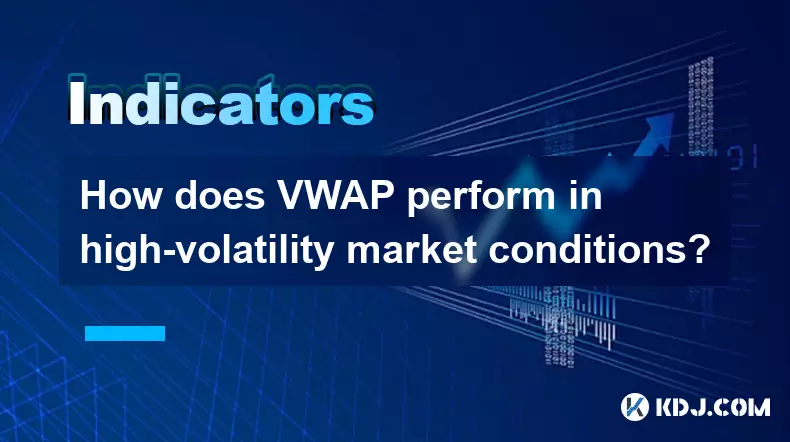
How does VWAP perform in high-volatility market conditions?
Oct 10,2025 at 08:00pm
Understanding VWAP in Turbulent Market Phases1. Volume-Weighted Average Price (VWAP) serves as a benchmark for institutional traders aiming to assess ...
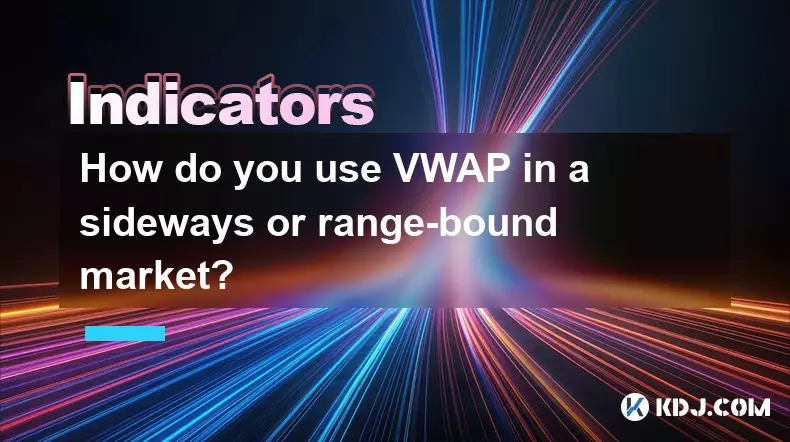
How do you use VWAP in a sideways or range-bound market?
Oct 10,2025 at 10:00am
Understanding VWAP in Range-Bound Conditions1. The Volume Weighted Average Price (VWAP) serves as a benchmark for intraday trading, combining both pri...

Is the VWAP a leading or a lagging indicator?
Oct 10,2025 at 09:37am
Understanding VWAP in the Context of Crypto Trading1. The Volume Weighted Average Price (VWAP) serves as a benchmark for traders analyzing intraday pr...
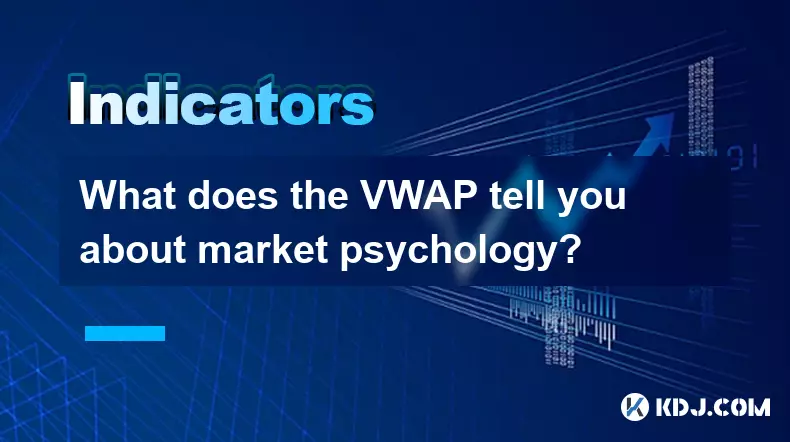
What does the VWAP tell you about market psychology?
Oct 10,2025 at 03:00pm
Understanding VWAP as a Reflection of Market Sentiment1. The Volume Weighted Average Price (VWAP) serves as a benchmark that reflects the average pric...

What are the main advantages of using VWAP over EMA?
Oct 11,2025 at 02:18am
Main Advantages of Using VWAP Over EMA1. Volume-Weighted Average Price (VWAP) incorporates trading volume into its calculation, offering a more accura...

How do you use VWAP for risk management in your trades?
Oct 11,2025 at 02:54am
Understanding VWAP as a Dynamic Benchmark1. The Volume Weighted Average Price (VWAP) serves as a crucial reference point in intraday trading by reflec...

How does VWAP perform in high-volatility market conditions?
Oct 10,2025 at 08:00pm
Understanding VWAP in Turbulent Market Phases1. Volume-Weighted Average Price (VWAP) serves as a benchmark for institutional traders aiming to assess ...

How do you use VWAP in a sideways or range-bound market?
Oct 10,2025 at 10:00am
Understanding VWAP in Range-Bound Conditions1. The Volume Weighted Average Price (VWAP) serves as a benchmark for intraday trading, combining both pri...

Is the VWAP a leading or a lagging indicator?
Oct 10,2025 at 09:37am
Understanding VWAP in the Context of Crypto Trading1. The Volume Weighted Average Price (VWAP) serves as a benchmark for traders analyzing intraday pr...

What does the VWAP tell you about market psychology?
Oct 10,2025 at 03:00pm
Understanding VWAP as a Reflection of Market Sentiment1. The Volume Weighted Average Price (VWAP) serves as a benchmark that reflects the average pric...
See all articles





















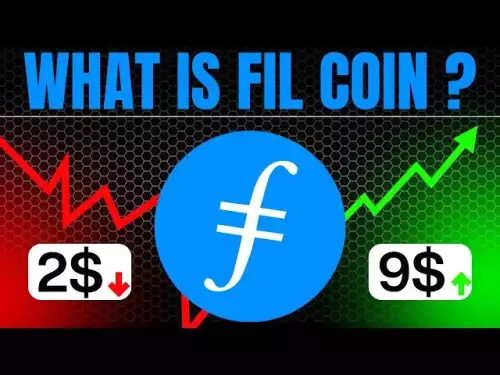




![Internet Computer Price Prediction [ICP Crypto Is A Hold?] Here’s Why Internet Computer Price Prediction [ICP Crypto Is A Hold?] Here’s Why](/uploads/2025/10/11/cryptocurrencies-news/videos/internet-computer-price-prediction-icp-crypto-hold/68e9ac40cf659_image_500_375.webp)















































